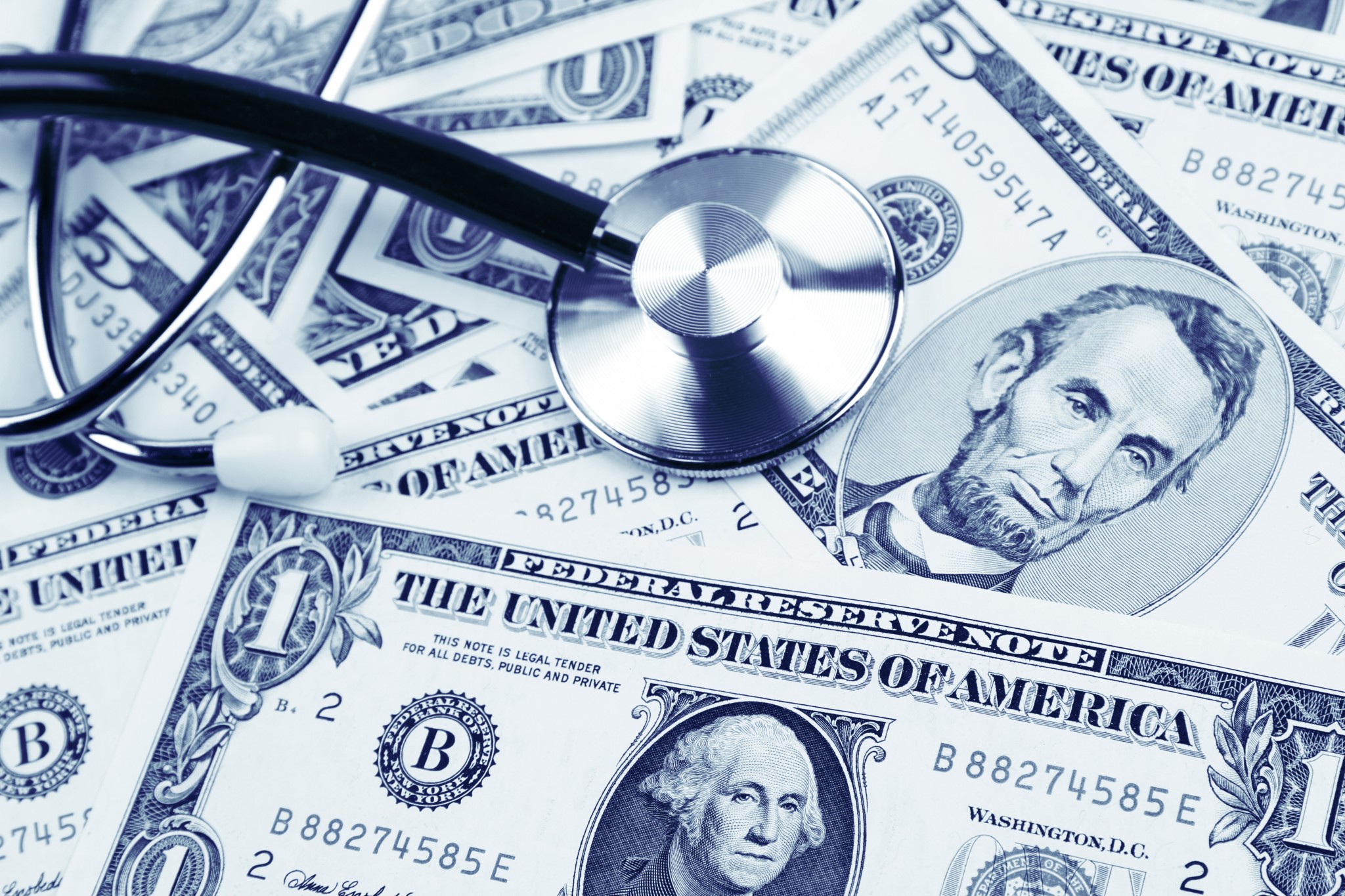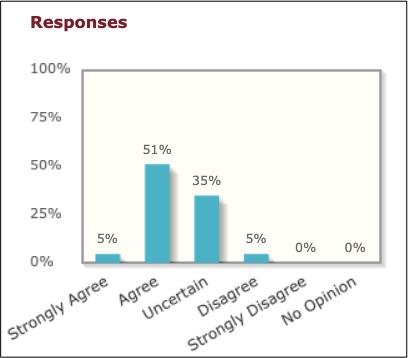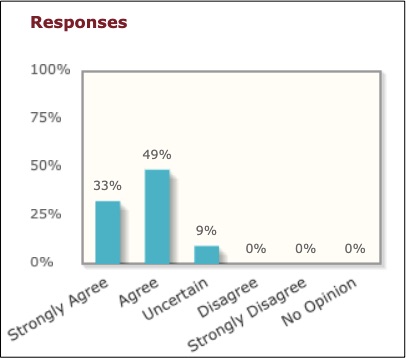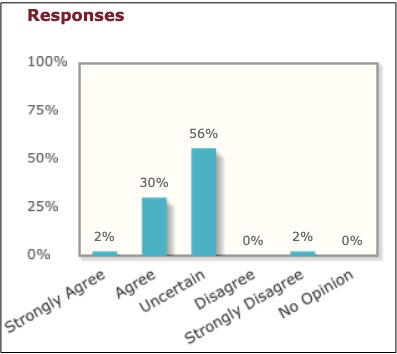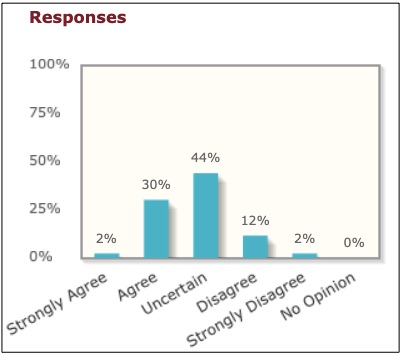During 1965, President Lyndon Johnson called Wilbur Mills, chairman of the House Ways and Means Committee, and said, “Wilbur, I’ve just been looking through the polls here, and I’ve only got a few weaknesses, and the worst of them is that I’m not doing anything for the old folks. I need some help from you.”
The result? Congress passes Medicare Parts A and B and since then we’ve gotten Parts C and D. Vastly oversimplifying pages of detail, let’s say for now that Medicare provides relatively generous access to healthcare providers and treatments for all income groups aged 65 and older.
And now we are talking about Medicare For All.
The Forum
Through a forum created by the University of Chicago’s Booth School, we can compare 51 economists’ opinions on major public policy issues. The group is geographically diverse. Their political biases vary, they are old and young, and they specialize in different areas. All have auspicious scholarly credentials. They teach at elite research universities, they’ve received top economic honors.
Each member of the Economic Experts Panel gets an email with questions on a specific topic to which they respond electronically. Topics range from a Green New Deal to cryptocurrencies to the minimum wage. An “uncertain,” response indicates they believe the facts are ambiguous. “No opinion” means they don’t have the expertise in that area. Otherwise, they submit comments and, as you will see below, whether they agree or disagree with the statement.
Medicare For All Opinions
There were two sets of questions. I’ve created a very brief summary of several. The graphs are all from IGM (The Initiative on Global Markets).
Looking at the response, I particularly noted there was elevated uncertainty about innovation and healthcare outcomes. It appears that if we proceed with a version of Medicare for All, we are heading into some uncharted territory.
1.Medicare for All would “lead to improved access to healthcare for a meaningful subset of the population.”
2. One result would be “longer waiting times for healthcare for a meaningful subset of the population.”
3.Funded by federal taxes, the program would “lead to lower aggregate medical debt among patients.”
4.The program would lead to less pharmaceutical industry innovation.
5.Health outcomes for a majority of the population would improve.
Our Bottom Line: Healthcare Spending
From a macro and micro perspective, healthcare costs are a policy priority.
At 18 percent of the GDP and close to 25 percent of the federal budget, our healthcare related spending is massive. Meanwhile Pew Research tells us that their survey participants say that their own healthcare costs are second only to the economy as a policy priority for the President and the Congress:
And yet, if we take drastic policy steps, economists are uncertain of some key results.
My sources and more: Every once in awhile, it is so interesting to check on the economic consensus at the University of Chicago IGM Forum. Then, combining IGM with the Pew Fact Tank up-to-date public policy opinions, we wind up with powerful evidence of some tough decisions. That is why I especially appreciated this paper.
Please note that our first paragraph was in a previous econlife post.

